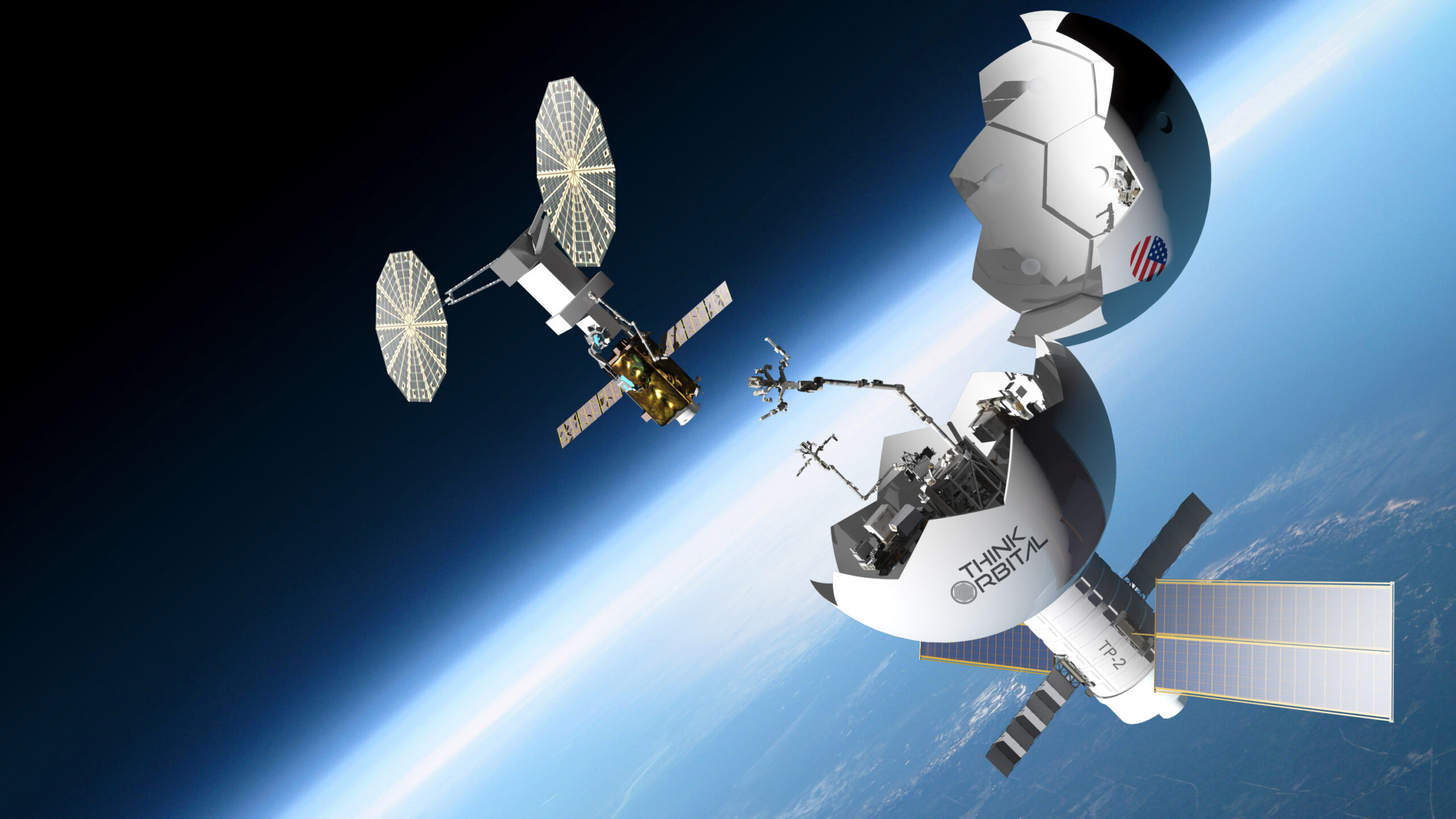In the fascinating world of space exploration, a series of exciting updates have emerged from NASA. As usual, the space agency has been busy fostering advancements in commercial space capabilities, celebrating the nation’s future engineers through a student rocket competition, and planning its next mission to resupply the International Space Station (ISS). Each of these initiatives carries a unique significance, helping solidify NASA’s commitment to fostering collaboration, promoting education, and advancing human understanding of the cosmos.
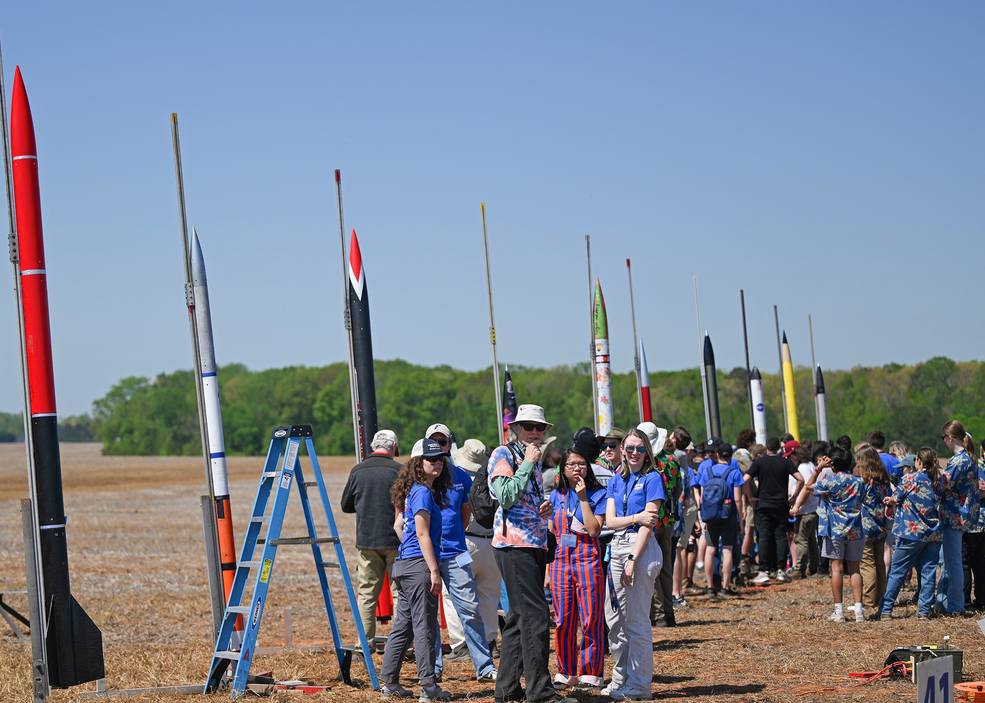
Student teams ready their rockets for launch during NASA’s Student Launch competition. Image courtesy of NASA/Charles Beason
Bolstering collaborations
NASA has partnered with seven U.S. companies to strengthen the future of commercial and government space capabilities. This initiative aims to reinforce the U.S. commercial low Earth orbit (LEO) economy through Collaborations for Commercial Space Capabilities-2 (CCSC-2). In essence, NASA will provide these companies with technical expertise, assessments, lessons learned, technologies, and data through unfunded Space Act Agreements.
The companies selected for this collaboration range from established industry players such as Blue Origin, Northrop Grumman, and SpaceX to promising newcomers like ThinkOrbital and Vast, which recently acquired space tech firm Launcher. While most of these businesses have been known to use 3D printing in their projects, on this occasion, NASA has revealed that ThinkOrbital will use additive manufacturing (AM) in developing large-scale orbital platforms and construction technologies for space applications.
A space infrastructure developer, ThinkOrbital is at the R&D stages of its autonomously assembled space structures called ThinkPlatforms. With NASA, ThinkOrbital will collaborate on the development of its ThinkPlatforms as well as Construction Technologies for Space Applications (CONTESA), which include AM and aids in large-scale in-space fabrication.
ThinkOrbital CEO and Co-Founder Sebastian Asprella pointed out the company’s mission is “to enhance the future of space exploration by developing our revolutionary ThinkPlatforms and advancing in-space welding, cutting, inspection, and additive manufacturing technologies for large-scale in-space fabrication. These innovations will unlock new possibilities for in-space research, in-space manufacturing to astronaut missions, and the overall growth of the low Earth orbit economy.”
To the win
NASA has always been a strong proponent of nurturing young talent. Reinforcing this commitment, the agency recently organized its annual Student Launch competition, with over 800 students from across the U.S. and Puerto Rico participating. Over nine months, teams comprising middle school, high school, college, and university students were challenged to design, construct, and launch rockets with scientific payloads, aiming for altitudes nearly one mile above ground level and achieving successful landings. In April, the culminating event took place in North Alabama, with 40 high-powered, amateur rockets launching successfully.
Finally, the winners were announced in June, with the University of Alabama in Huntsville securing the overall first place and the 3D Printing category winners being Iowa State University‘s CyLaunch team at the college level and the East Aurora Rocket Club, from New York’s East Aurora High School, at the middle/high school level.
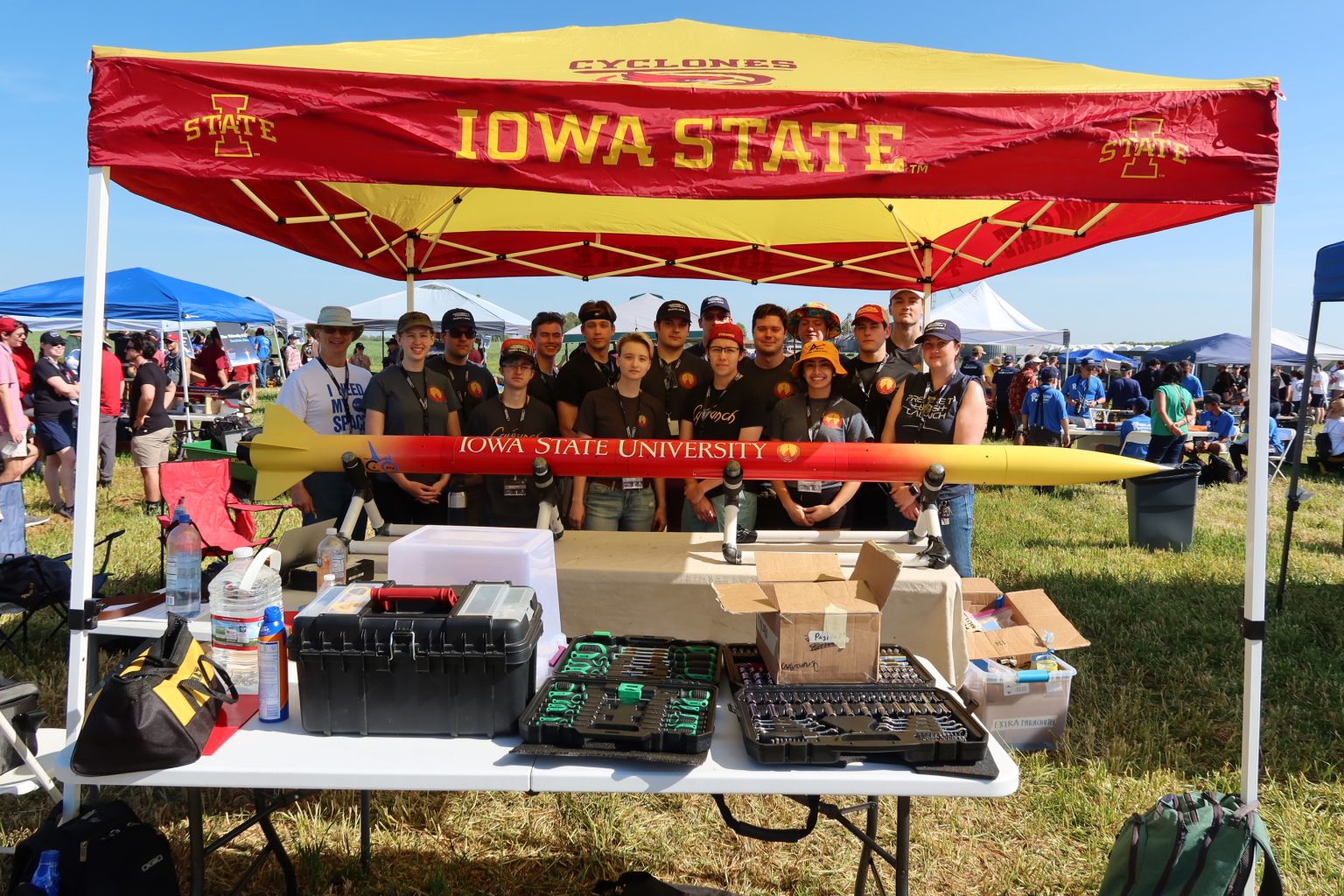
Iowa State University’s CyLaunch team at NASA’s Student Launch competition. Image courtesy of CyLaunch.
These exceptional teams demonstrated ingenuity and innovation. CyLaunch, for instance, broke new ground by 3D printing an entire rocket – a first for the competition. At the same time, the East Aurora Rocket Club utilized onyx and a donated 3D printer to create a nose cone, demonstrating the technology’s potential in space applications. Their entire rocket run on a 9-volt battery and costs roughly $3,000. The East Aurora Rocket Club can be followed on Instagram at @EAHSrocket, and CyLaunch has its own dedicated website.
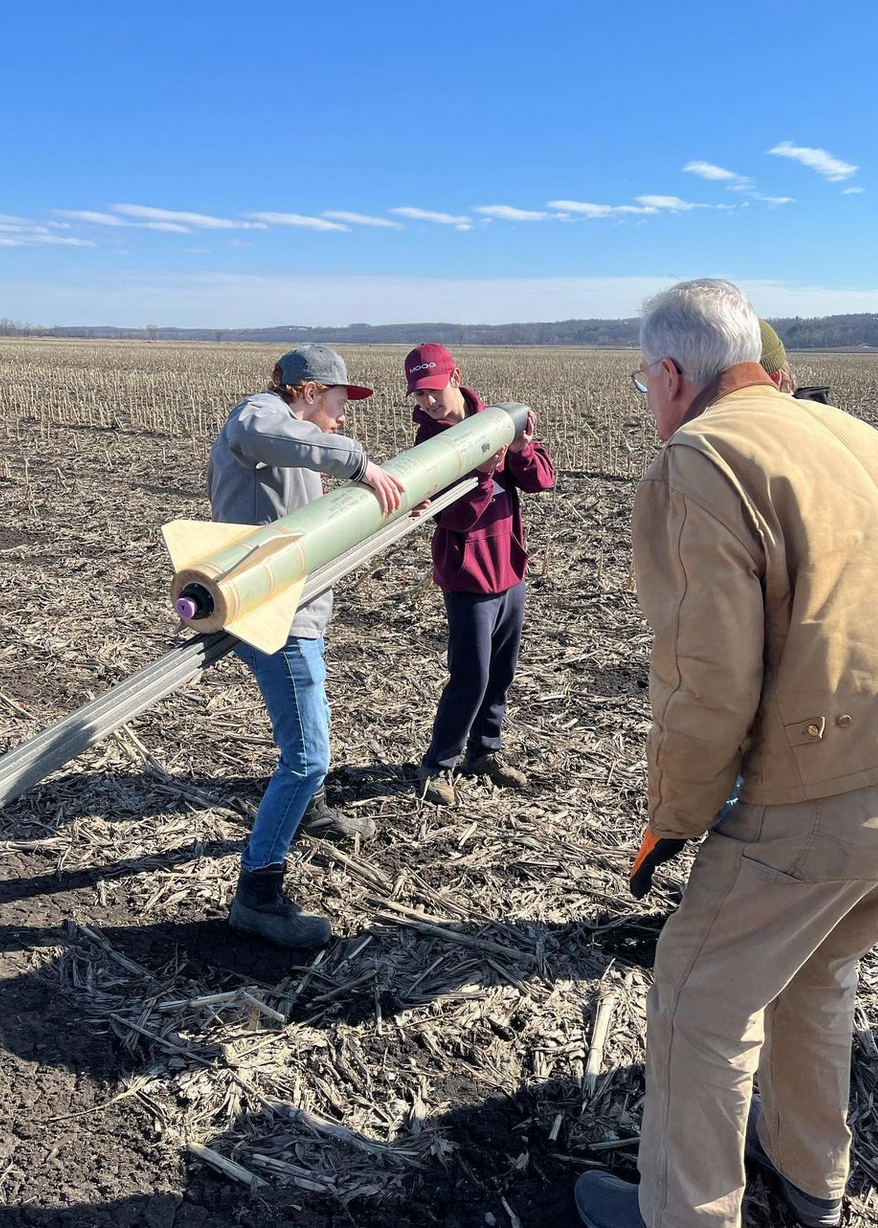
The East Aurora High School Rocket Club during the final stage of NASA’s Student Launch Competition. Image courtesy of East Aurora Rocket Club.
Space cargo launch
Looking towards the future, NASA and Northrop Grumman are gearing up to launch the Antares rocket and Cygnus spacecraft, dubbed the S.S. Laurel Clark. Set for early August, this resupply mission to the ISS aims to deliver a variety of scientific investigations in multiple fields.
The mission notably carries the Innovative Paralysis Therapy Enabling Neuroregeneration or Neuronix project. Led by Joanna Stanicka of AXONIS Therapeutics – a Cambridge, Massachusetts biotech company attempting neuron-reviving therapeutics –the experiment aims to demonstrate the formation of 3D neuronal cell cultures in microgravity. Key to this experiment is opening new avenues for gene therapy testing and potentially revolutionizing treatment options for neurological diseases such as Alzheimer’s and Parkinson’s. Creating 3D cell cultures in microgravity could provide a critical platform for drug discovery and gene therapy testing.
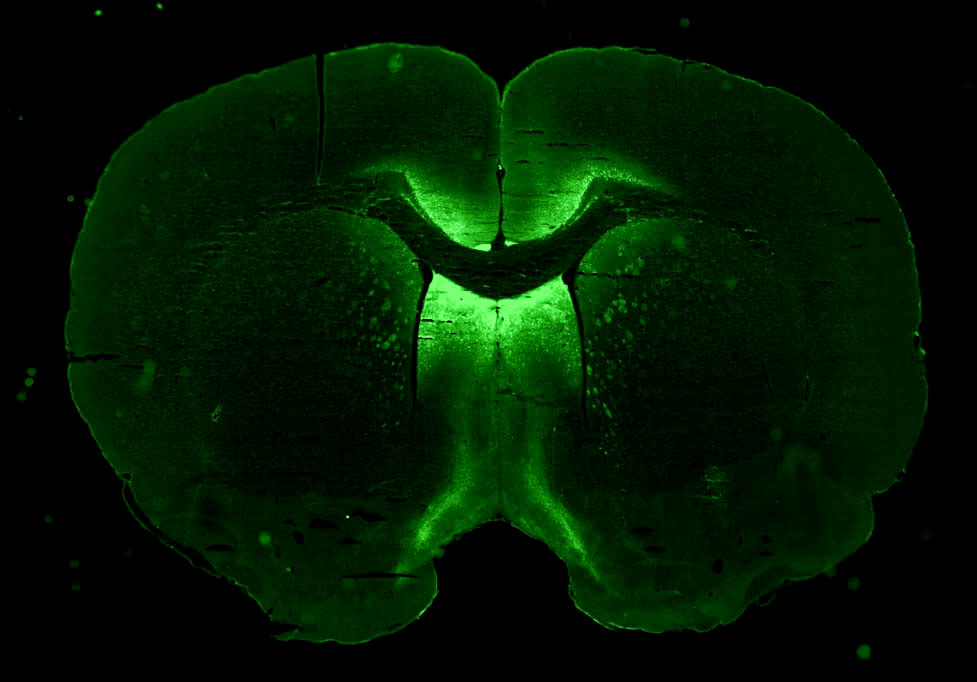
A preflight vector image of AAV gene therapy that selectively targets neurons to induce axon regeneration, part of the Neuronix experiment. Image courtesy of AXONIS Therapeutics.
With this, NASA continues to foster collaborations, nurture future talents, and pioneer cutting-edge research that can eventually change the course of humanity. As we move forward, it’s clear that each endeavor, whether a commercial partnership, an educational competition, or a resupply mission, plays a crucial role in shaping our future on Earth and in space.
Subscribe to Our Email Newsletter
Stay up-to-date on all the latest news from the 3D printing industry and receive information and offers from third party vendors.
You May Also Like
Further Understanding of 3D Printing Design at ADDITIV Design World
ADDITIV is back once again! This time, the virtual platform for additive manufacturing will be holding the first-ever edition of ADDITIV Design World on May 23rd from 9:00 AM –...
3D Printer Maker EVO-tech Reborn as NEVO3D — Once More With Feeling
EVO-tech was a 3D printing service and original equipment manufacturer established in 2013 and based in Schörfling am Attersee, Austria. The company produced high-quality material extrusion systems featuring linear bearings,...
3D Systems Brings 3D Printed PEEK Cranial Implant to the U.S. with FDA Clearance
For more than 10 years, 3D Systems (NYSE:DDD) has worked hand-in-hand with surgeons to plan over 150,000 patient-specific cases, and develop more than two million instruments and implants from its...
CDFAM Returns to Berlin for Second Annual Symposium
The second CDFAM Computational Design Symposium is scheduled for May 7-8, 2024, in Berlin, and will convene leading experts in computational design across all scales. Building upon the first event...


